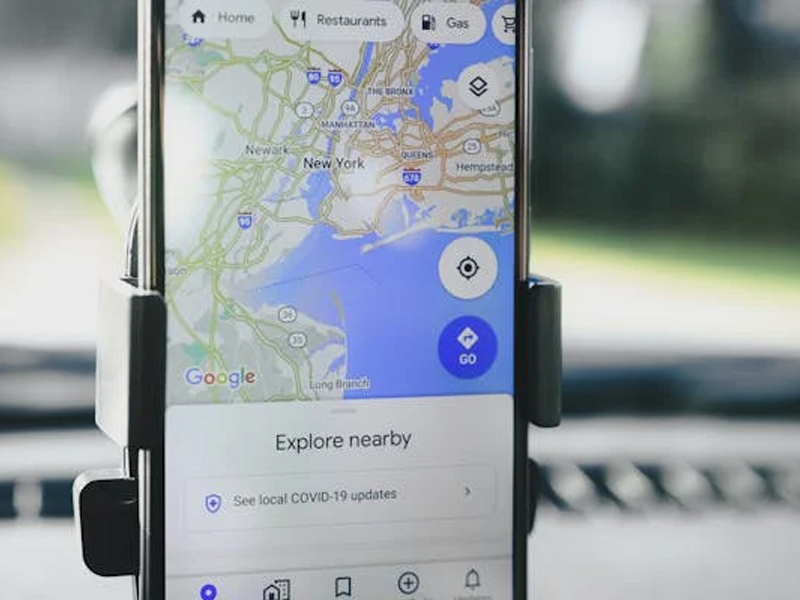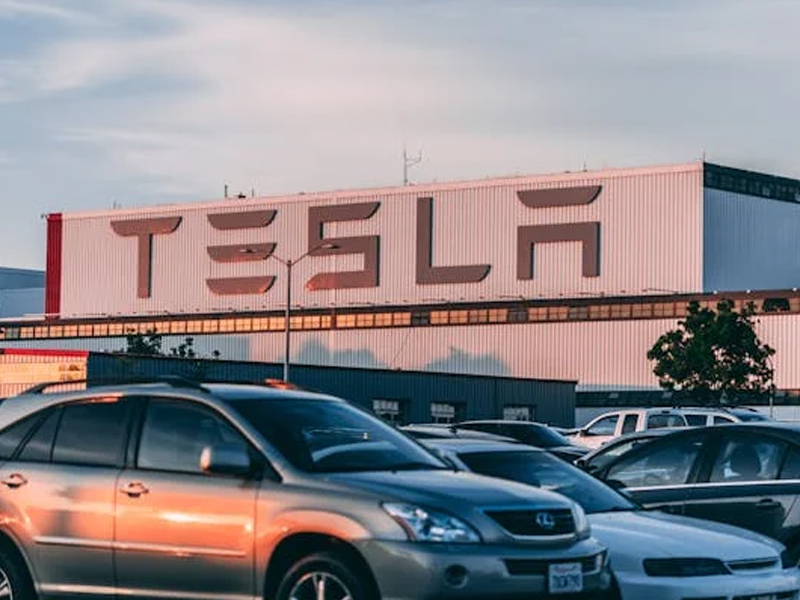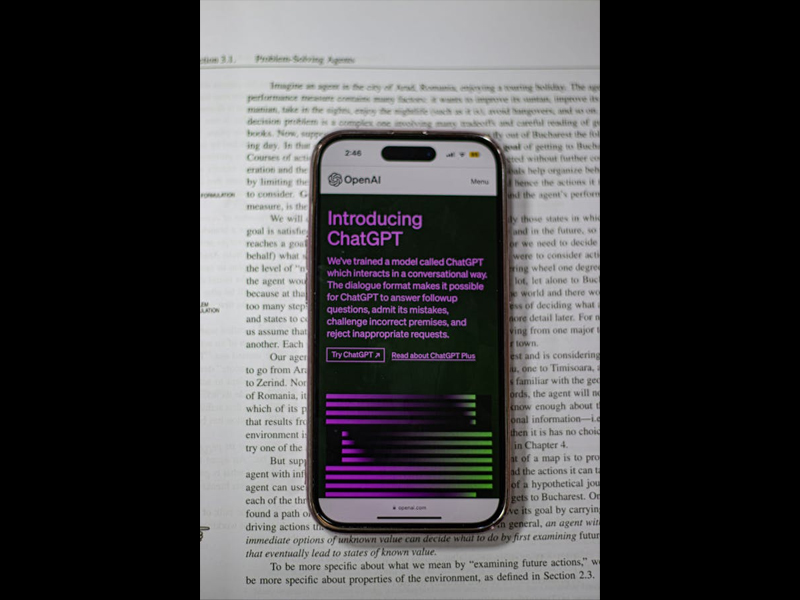NASA has been doing a lot of research in space and has brough out some results that no one even thought would happen. This time NASA has gone a step further by planning to conduct a slightly-scary experiment to find out what happens when a space station catches fire. No one’s quite sure of it and this may bring out a meaning to many of the unconfirmed theories.
The Cygnus capsules that usually carry supplies to the International Space Station normally fall back to Earth after their mission and burn up in the atmosphere. But now the next one, which is scheduled to launch on 23 March from Cape Canaveral in Florida, will be incinerated higher up instead.
Once the supplies have been delivered, the capsule has undocked and made it to a safe distance from the
ISS, ground control engineers will trigger a fire on board. This sequence will be monitored with cameras as well as temperature, oxygen and carbon dioxide sensors to find out what happens, and is expected to only last 20 minutes or so.
In this testing NASA is more interested in the size of the flames, along with the speed of their spread, the heat output and how much gas is emitted. The agency also wants to know how microgravity and a limited oxygen supply affect these factors, allowing it to build better fire detection and suppression systems for its spacecrafts.
After the experiment is complete, what’s left of the capsule will remain in orbit for a few more days before slowly falling back to Earth and burning up in the atmosphere. With this experiment NASA is sure to bring in more advances to the science world.




No More Range Anxiety: Google Maps Uses AI to Simplify EV Charging
Tesla Announces Layoffs as Sales Growth Sputters
Protecting Teens on Instagram: Meta Tests Automatic Nudity Blurring in DMs
A Look Through the Metaverse: Unveiling Meta’s AR Glasses